The Customer Is (Still) Always Right: A Recap on Relaxed Dress Codes in Luxury Hotels
%20(2).png)
Have you ever felt that moment of dread when you realize you’re “underdressed” at a luxury venue? It can ruin the vibe before you even sit down. In my earlier article, I posed a big question: Is the customer always right when they want to wear something casual in a high-end environment? And do strict dress codes sometimes go too far?
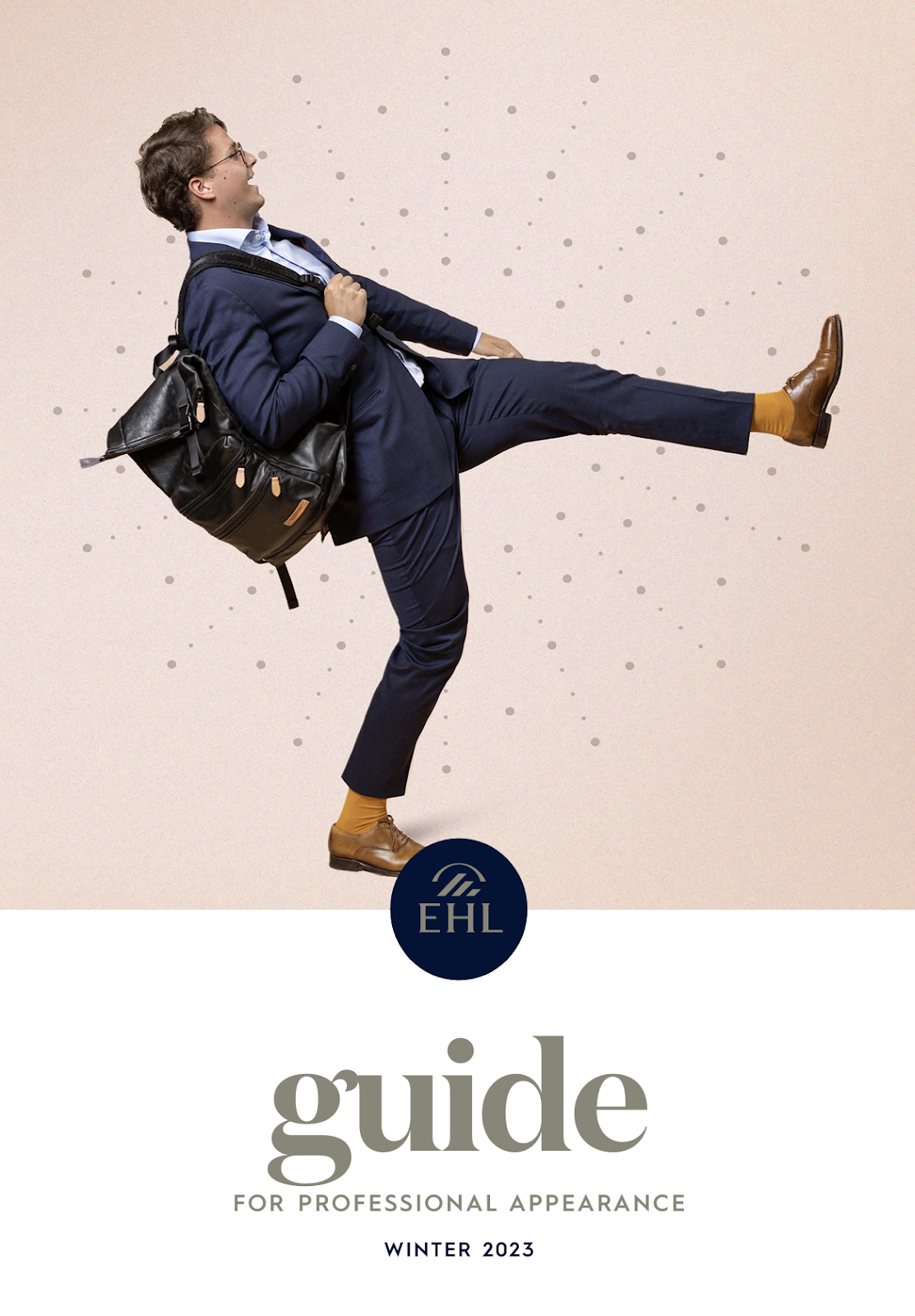
Let’s revisit the main points and see how the debate stands, especially now that I’ve had firsthand experience at EHL (École hôtelière de Lausanne), arguably the world’s top hospitality school. Trust me, EHL has its own strict dress code, yet it’s all about preparing us to meet the industry’s high standards. But more on that later. For now, let’s recap.
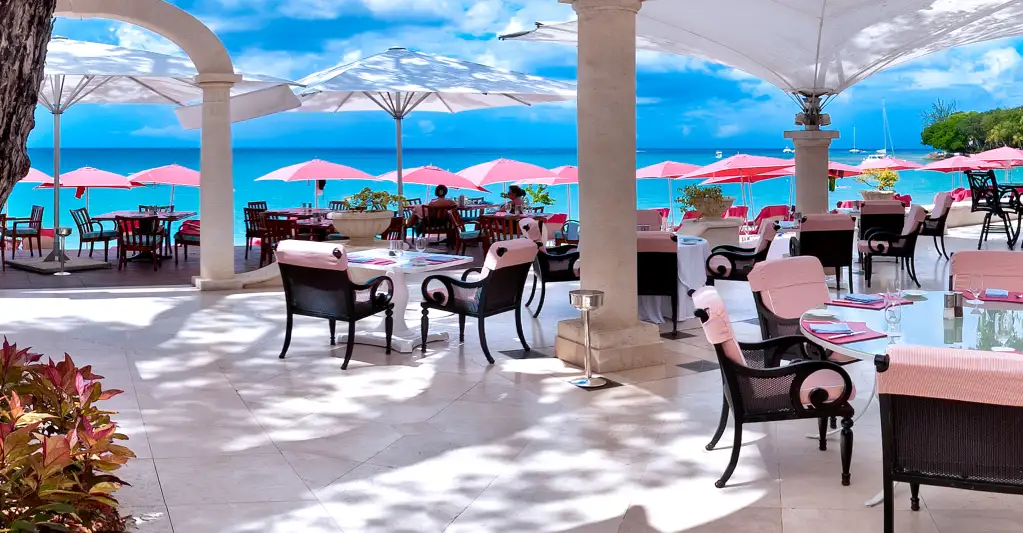
1. Rethinking Dress Codes: Hôtel du Cap vs. Sandy Lane
Hôtel du Cap-Eden-Roc is the epitome of French Riviera elegance. The gardens, the cliffside restaurant, that legendary pool, it’s a dream. But I couldn’t shake the feeling that some of the rules, including no shorts in the dining room, might be too rigid, especially for a carefree summer retreat.
Then there’s Sandy Lane Hotel in Barbados, which allowed me in while wearing swimwear after a catamaran cruise. Did the place look any less classy? Not at all. Actually, it felt more welcoming. One guest’s beach attire didn’t erase the property’s overall five-star vibe.
Question: Which environment would put you more at ease, strict formality, or a little flexibility?
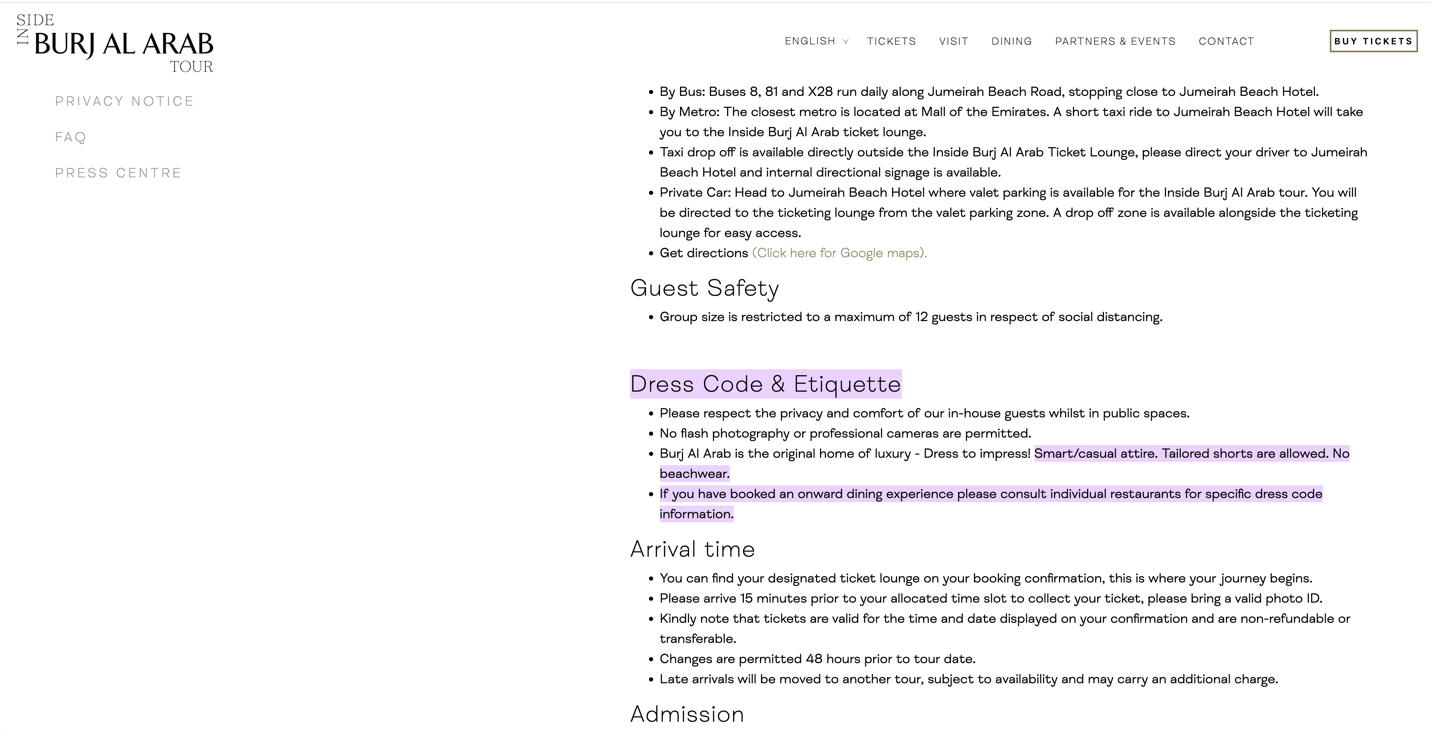
2. Dress Codes in Different Cultures
- Middle East: High-end spots like the Burj Al Arab in Dubai keep evening dress codes, but let guests be more laid-back during the day. This respects local customs and travelers’ comfort.

- Japan: Luxury ryokans often provide yukata (casual kimono) to guests, perfectly blending tradition and ease.
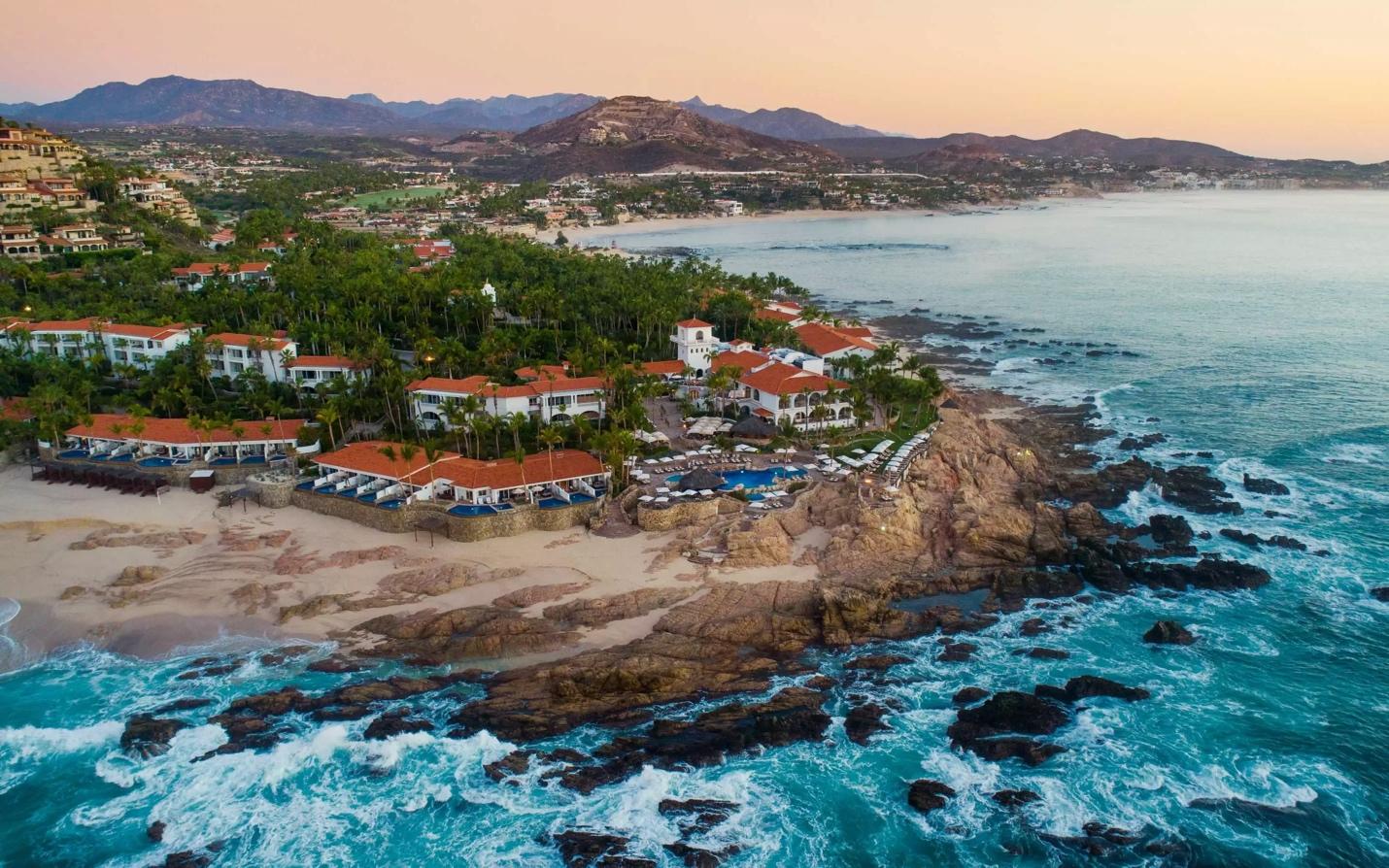
- Caribbean: Resorts like the One&Only Palmilla in Mexico embrace the region’s casual energy, which makes sense for a tropical atmosphere.
Despite varied standards, the trend is shifting toward personalization. 82% of guests value hotels that adapt to individual preferences, including clothing choices.
Question: Do you think these cultural variations matter when large chains try to standardize their policies?
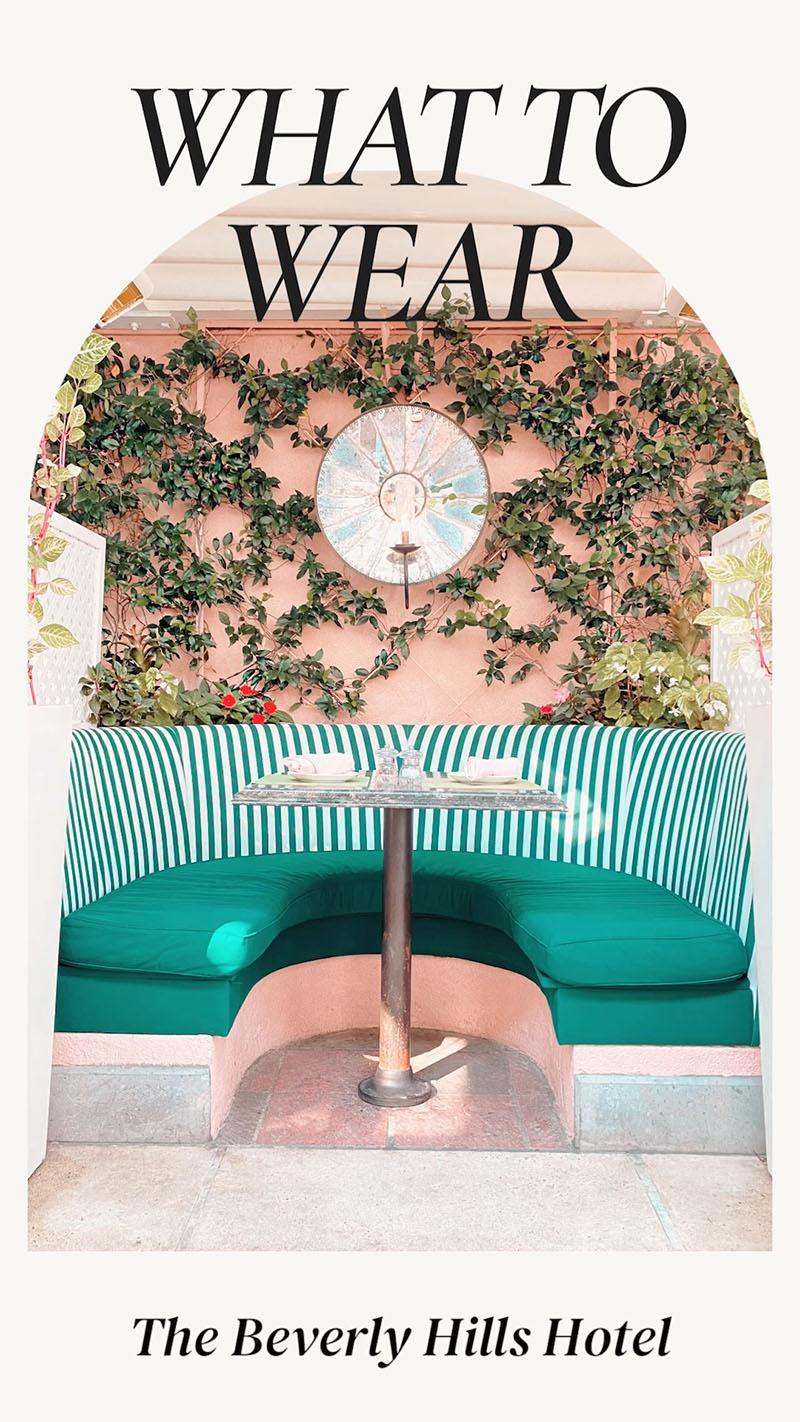
3. Modern Luxury: Personalization Over Perfection
Even the most iconic properties, like the Ritz-Carlton Kapalua in Hawaii or the Beverly Hills Hotel in LA, have relaxed certain rules. They realized that formal dinners can coexist with casual brunches if communicated well.
The result? Fewer awkward run-ins over “inappropriate attire,” and happier guests who leave better reviews.
satisfaction rises when hotels let travelers choose their attire, within reason. Think about it: if you’re at a beach resort, who wants to pack a blazer unless you really love dressing up?
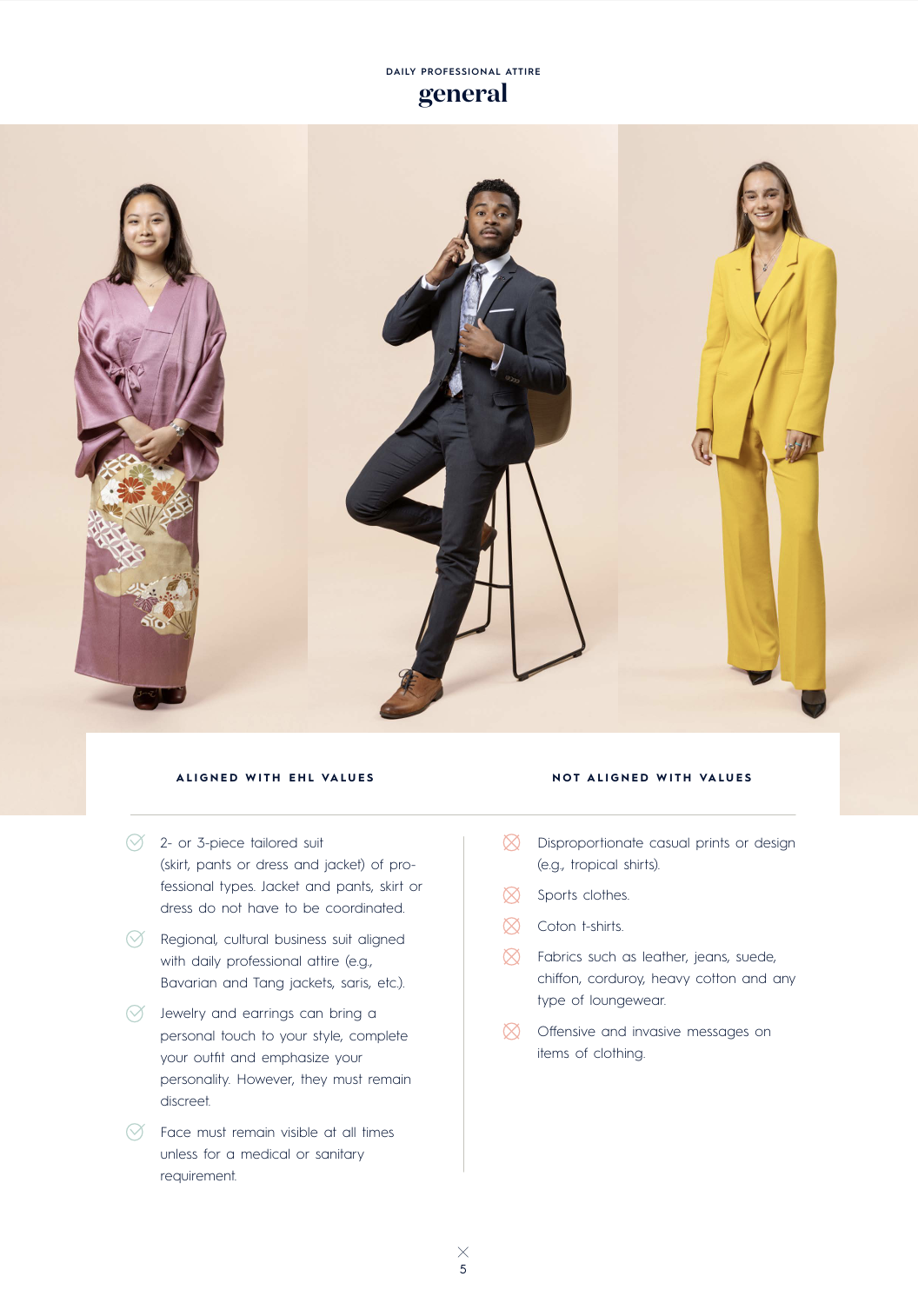
4. A Personal Note: Studying Hospitality at EHL
Now let’s talk EHL. École hôtelière de Lausanne is known for producing some of the best hospitality professionals in the world. And part of that training includes a strict dress code. We’re talking polished business attire, well-groomed hair, classic shoes, no sneakers. It’s a bit like living in a grand hotel 24/7.

At first, I thought it was overkill. But you know what? Walking around campus where everyone looks professional creates a certain atmosphere. It reminds us that we’re part of a service-oriented industry that values appearance as a form of respect. Would I want to see that kind of uniformity at a poolside resort? Maybe not. But for a future manager-in-training, it’s useful.
So, while I champion relaxed codes for guests, I agree that staff and students learning hospitality should maintain a certain look. We represent the brand, after all. People notice if the person greeting them in a restaurant is unkempt or wearing flip-flops.
Question: Do you think staff and students should have different dress code rules than paying guests?
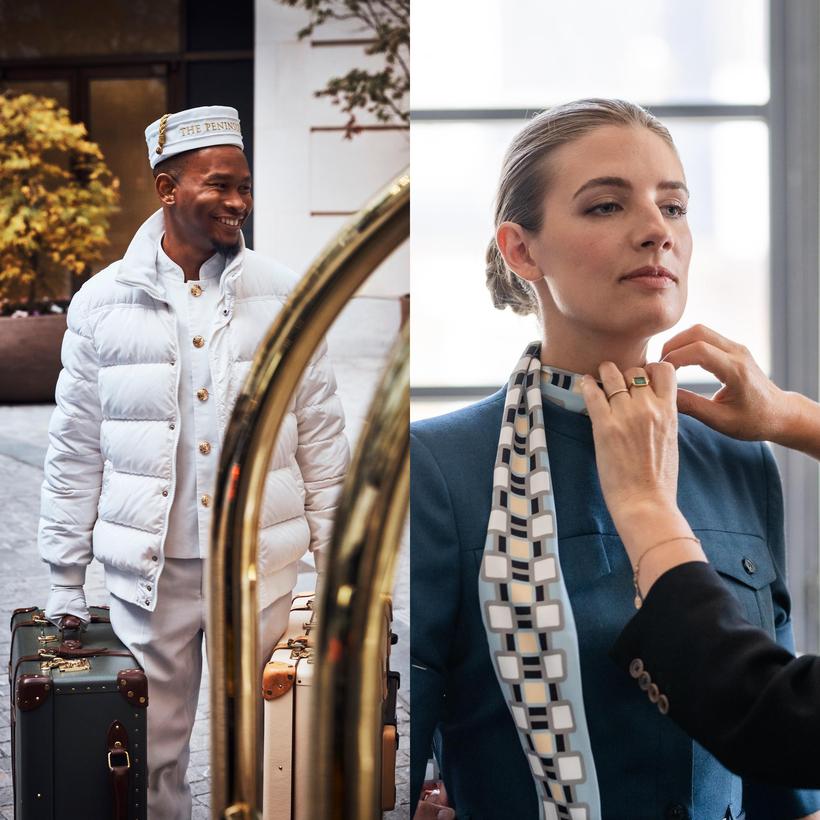
5. Striking the Right Balance
Yes, strict rules can maintain a rarefied mood. But what if a guest feels judged or out of place? The core of hospitality is making people feel welcome. Consider how Ashley Baker describes it: hotels have house rules, but staff must “create emotions” and respect each guest’s comfort level. If that line is crossed, it hurts the experience.
Meanwhile, I don’t think we should throw out dress codes entirely. Like EHL teaches, appearance counts. But maybe we can offer a middle ground, like providing cover-ups or offering stylish but relaxed options.
Conclusion
So, what do you think? Are we ready to replace the traditional “no shorts allowed” sign with a friendlier, more flexible approach? Or is there still a place for formality in this ultra-casual world?
In my view, the customer is still always right, within reason. If your guests want to eat lobster in their sun hat, let them. If they want to dress to the nines for a special anniversary dinner, even better. The point is choice, and making everyone feel seen and celebrated.
Join the conversation!
- Have you stayed at a hotel that enforced a strict dress code you loved (or hated)?
- Where do you draw the line on guest attire?
- If you were designing a new luxury resort, what would your dress code be?
And if you want more insights into today’s hospitality trends, check out Ali Bahbahani and Partners. Let’s reshape modern luxury, together.

.webp)
.png)
